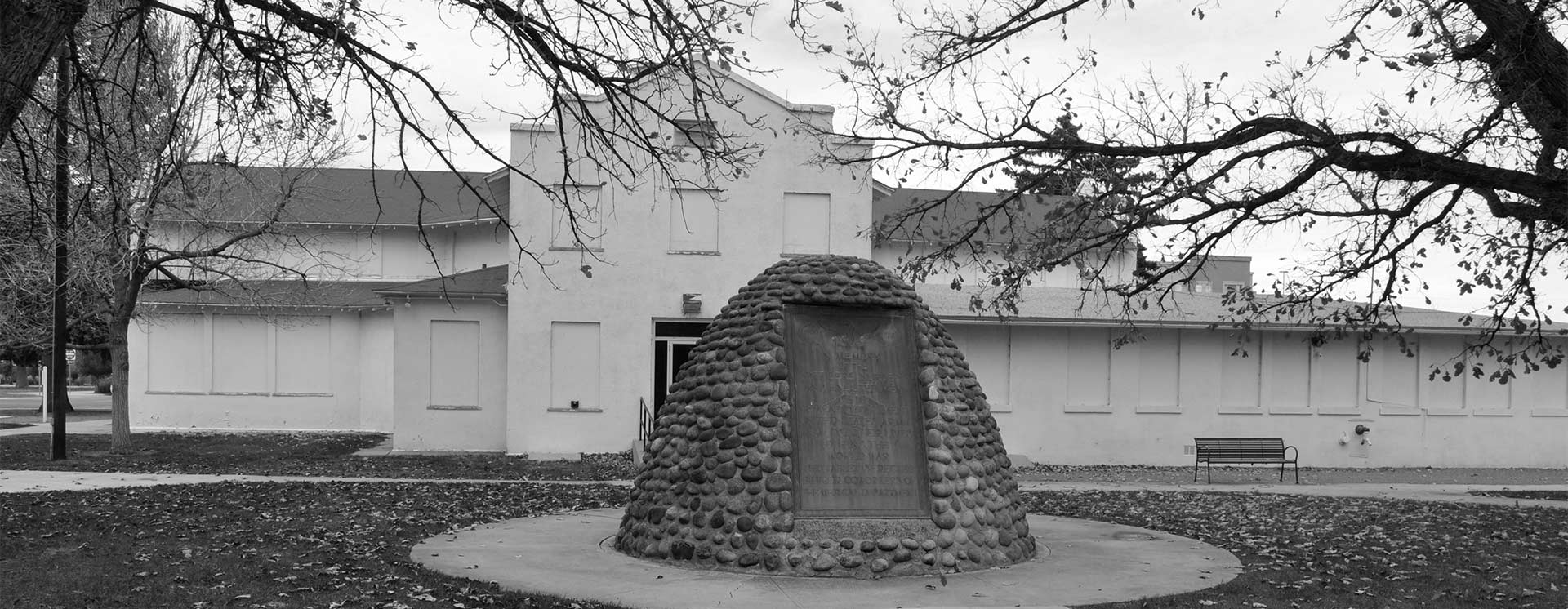
World War One Sites - The NETWORLD Database
Panzerwerk "Strač" near Trebinje, Bosnia and Herzegovina
Fortress Strač was built by Austro-Hungarian army from 1910 to 1916 with the aim of protecting the southeastrern border of Bosnia and Herzegovina. It was the second-largest Austro-Hungarian military fortress in the monarchy. It hosted Austro-Hungarian troops until 1918.
Bosnia and Herzegovina, Trebinje
Type of WWI-heritage
- Military Fortification
Dimensions
cca. 150 m x 100 m
State of repair/preservation
Derelict, partially destroyed, pending conservation and/or restauration.
Historical WWI Context
Fortress Strač was built by Austro-Hungarian army from 1910 to 1916 with the aim of protecting the southeastrern border of Bosnia and Herzegovina. It was the second-largest Austro-Hungarian military fortress in the monarchy. It hosted Austro-Hungarian troops until 1918. This fortification facility was armed with two 100 mm cannons, two smaller cannons, 24 machine guns and 12 reflectors. At the top of this building are four steel domes - half masonry and half almost engraved in stone. The hoods were pulled out with a "Austrian Daimler" artillery tractor. Soldiers had diesel machine for electricity. Today, most of the Strač is ruined, but one part is still preserved. This place has enormous tourist potential. Construction of Strač was never completed, as Montenegro capitulated in 1916. When the construction of Strač began in 1910, the construction of four domes was planned, but only two were built. Strač was designed on the basis of similar fortifications in Italy and he was supposed to provide protection from 240mm cannons. The fort was built with modern concrete construction. Fallen Austro-Hungarian soldiers were buried outside the fortress, which can still be seen today.
There are official data that there were five officers and 157 soldiers on Strac in the last Austrian military crew, while the commander was Ferdinand Zahradnik, in charge of the captain. Strač was used for military purposes well after WWII. Once the military had withdrawn, all the furnishings and most of the steel parts were removed. The howitzer battery and the barracks suffered the most devastation. Despite this damage continues Strač is an attractive destination and the last Austro-Hungarian fortification where the M9 howitzer cupolas are still preserved in situ.
Recent Images



Historical Images
State of legal protection
Not protected
Owner
Owner is unknown.
Kind of cultural use of WWI
Guided tour of the Trebinje-Bileća fortification system; hiking tour to nearby mountains; Bileća lake, Dubrovnik (HR) and Herceg-Novi (MNE) are close.
Opening
No infromation available.
Entrance Fee
No information available
Information regarding cities, villages, other touristic attractions (non-WWI) nearby
Accomodation
Public Transport
Taxi, location is accesible by car, bike, or hike.
Further information sources
„RAKOUSKO-UHERSKÉ PEVNOSTI“, http://opevneni.wz.cz/fraku/n06.html
Wikipedia, https://bs.wikipedia.org/wiki/Tvr%C4%91ava_Stra%C4%8D
Austrian Society for Fortification Research, http://www.kuk-fortification.net/werk-srac/
Other heritage sites nearby
Museums Private Collections
Muzej Hercegovine, Adresa: Stari Grad 59, Trebinje 89000, Republika Srpska, Bosnia and Herzegovina; Tel+387 59 271 060, Fax +387 59 271 061; e-mail muzejhtr@teol.net
Panzerwerk "Strač" near Trebinje, Bosnia and Herzegovina
42.67711029842568 18.356329651562532 fileadmin/res/images/layout/standar-marker.pngLocation